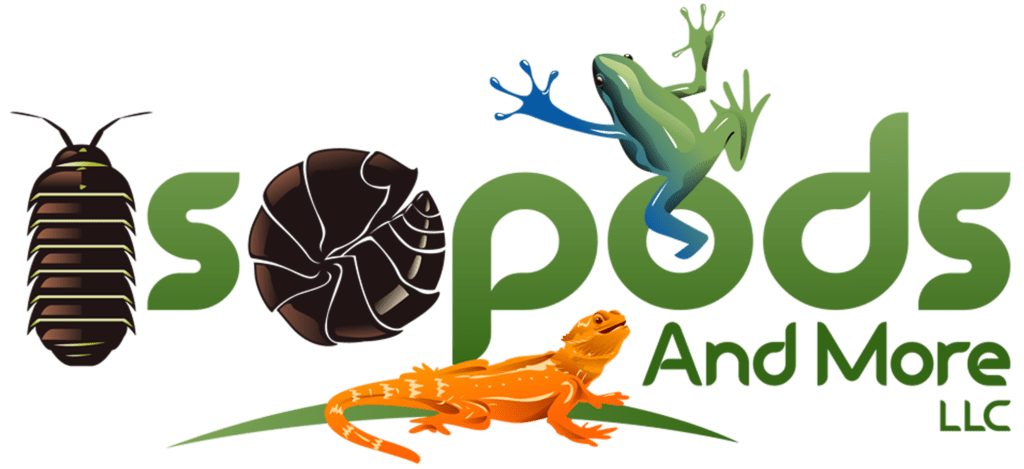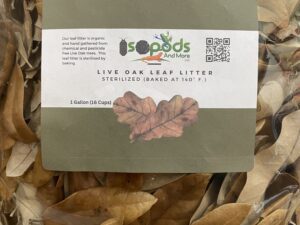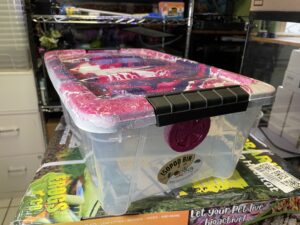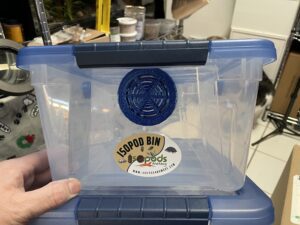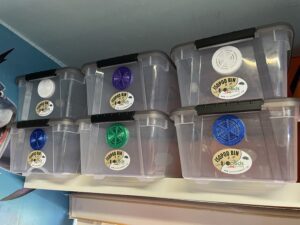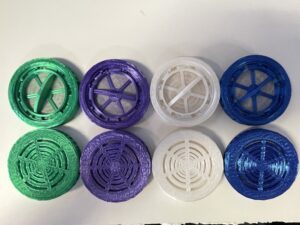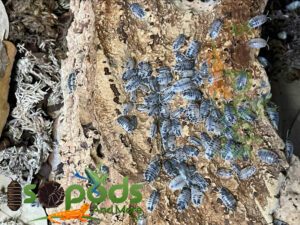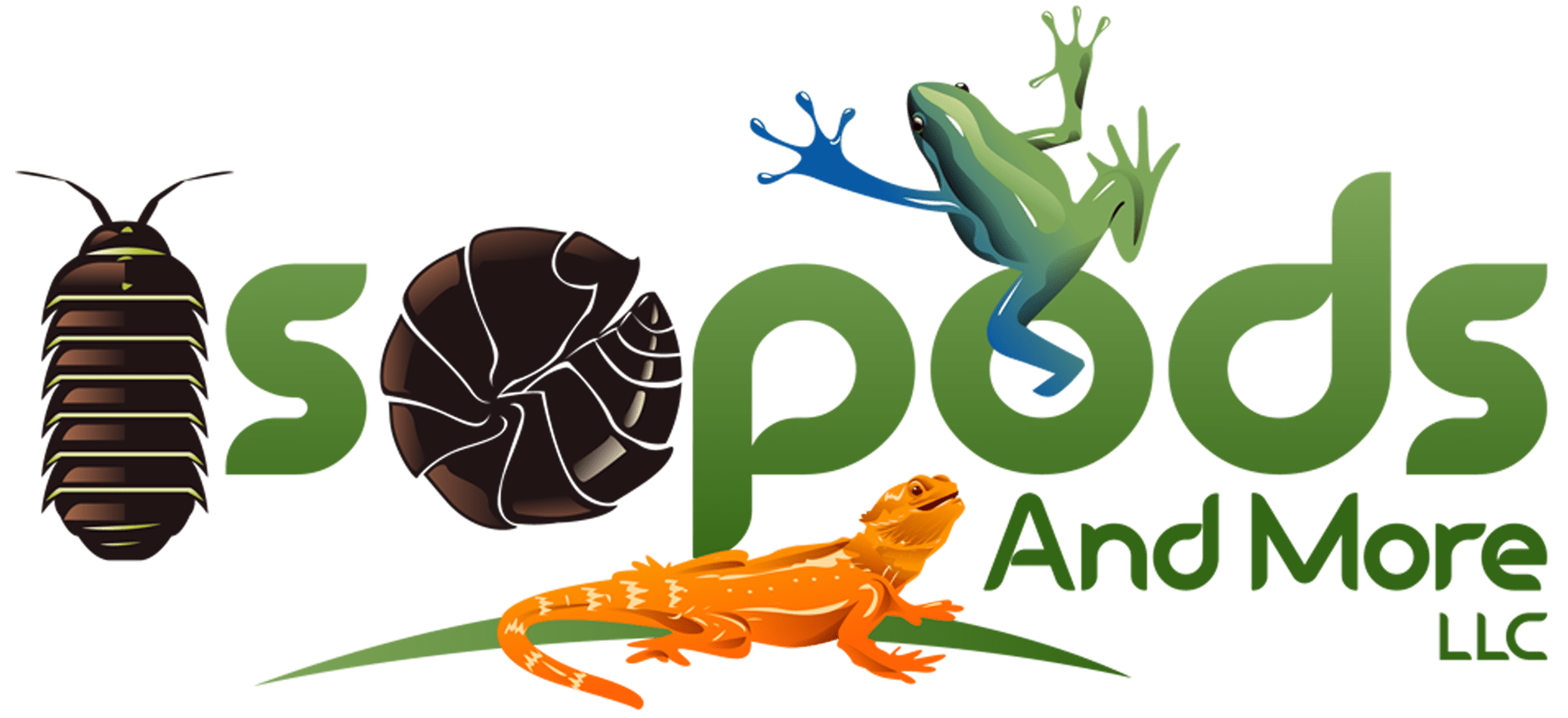A bioactive vivarium is a thriving ecosystem that mimics the natural habitat of your dart frogs, providing them with the best possible living conditions. One crucial component of this system is the presence of microfauna, small organisms that aid in maintaining cleanliness, promoting healthy plant growth, and serving as an additional food source for your pets. In this comprehensive guide, we will delve into the essential role microfauna play in your bioactive vivarium and how to successfully introduce them into your setup.
What is Microfauna?
Microfauna refers to the tiny, living organisms that inhabit various ecosystems worldwide. These minute creatures, which include insects and healthy bacteria, serve vital roles in the maintenance and overall health of their surroundings. In a bioactive vivarium, microfauna are responsible for breaking down waste products and ensuring the soil and plants flourish.
Why is Microfauna Important?
The inclusion of microfauna in your bioactive vivarium provides several benefits:
- Natural waste management: Microfauna help break down waste materials, such as fecal matter, decaying plant matter, and dead insects, transforming them into less harmful substances that the plants can utilize.
- Soil aeration: As these tiny creatures move through the substrate, they create small tunnels, allowing air to circulate further down into the soil. This process promotes plant growth and prevents waterlogged substrates.
- Pest control: Some types of microfauna, such as isopods, will feed on harmful pests and their eggs, helping to keep their numbers in check.
- Supplemental food source: Microfauna serve as an additional source of nutrition for your dart frogs, as they will naturally reproduce within the vivarium.
- Enhanced plant growth: Microfauna contribute to the overall health of your plants by helping to disperse essential nutrients throughout the substrate.
Selecting the Right Microfauna for Your Bioactive Vivarium
There are various types of microfauna that can be introduced into your bioactive vivarium, but springtails and isopods are the most popular and effective choices. We will now discuss these two organisms in detail, along with tips on how to introduce and maintain their populations within your setup.
Springtails: The Mold and Fungus Fighters

Springtails are tiny white insects that feed on mold and fungus, effectively keeping these undesirables at bay in your vivarium. They are an excellent choice for maintaining cleanliness and preventing mold growth in your setup.
Introducing Springtails to Your Vivarium
To establish a healthy springtail population, it is recommended to purchase a springtail culture and follow these steps:
- Maintain a mother culture: Keep a separate springtail culture outside of your vivarium, allowing you to add more springtails as needed. This practice ensures a continuous supply of these beneficial insects, as their numbers may fluctuate due to dart frog consumption or changes in available food sources.
- Set up the culture: Setting up a springtail culture is easy and requires just a few minutes of your time. All you need to do is provide water and food for the springtails, which takes less than a minute per week.
- Introduce springtails to your vivarium: When adding springtails, either pour water from the culture directly onto your substrate or add the culture to the drainage layer during the initial tank setup. Both methods are effective for establishing a springtail population within your vivarium.
Caring for Your Springtails
To maintain a healthy springtail population, it is essential to provide them with proper nourishment. One product specifically designed for this purpose is Isopods And More’s Isopod Cereal, which ensures that your springtails receive the nutrients they need to thrive and reproduce.
Isopods: The Ultimate Clean-Up Crew
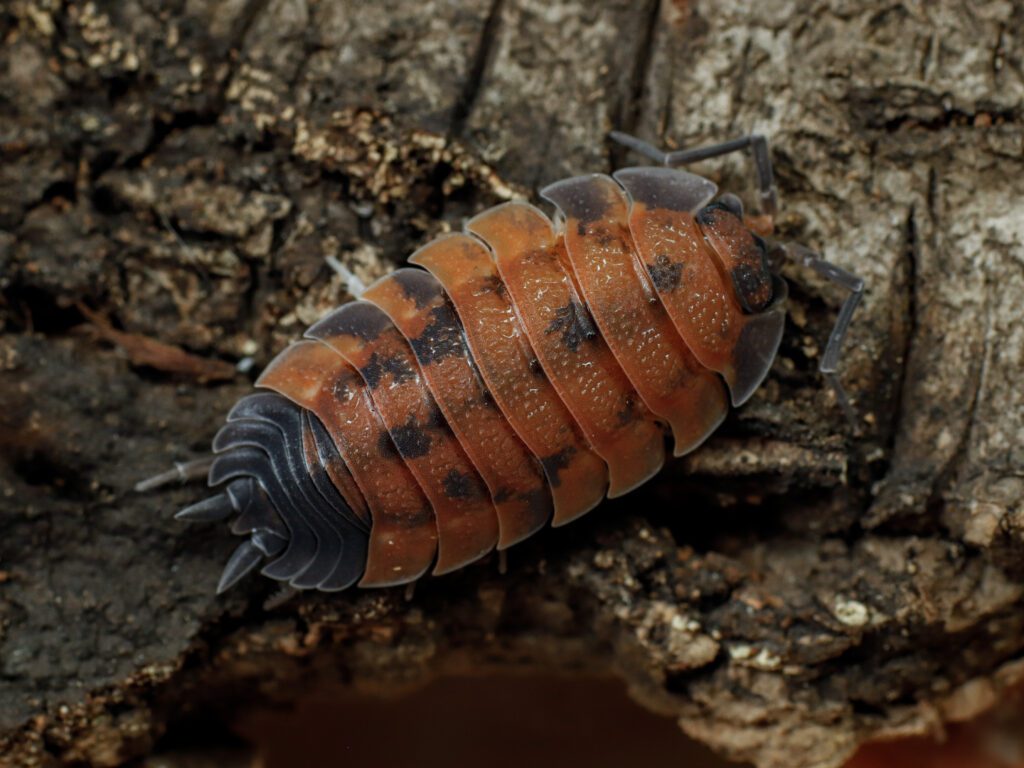
Isopods, also known as rollie polys, pill bugs, or woodlice, are small crustaceans that serve as an excellent addition to your bioactive vivarium’s clean-up crew. These creatures come in various colors and sizes, making them perfect for larger areas and providing several benefits to your setup.
The Benefits of Adding Isopods
Isopods offer several advantages when introduced into your bioactive vivarium:
- Aerate the soil: Like springtails, isopods create small tunnels in the substrate, allowing air to reach deeper layers of soil and promoting plant growth.
- Consume waste: Isopods help break down fecal material, decaying plant matter, wood, and dead feeder insects, converting harmful waste into useful nutrients for plants.
- Disperse nutrients: As isopods move through your vivarium, they disperse essential nutrients throughout the substrate, making them more accessible to plants and fungi.
- Fertilize plants: Isopods produce waste products that contribute to plant growth and overall health.
- Pest control: These creatures will feed on mites and other small pest eggs, helping to keep their numbers under control in your bioactive vivarium.
- Supplemental food source: Isopods serve as an additional food source for your dart frogs and other small inhabitants of your vivarium.
Introducing Isopods to Your Bioactive Vivarium
To add isopods to your setup, purchase a starter culture and introduce them into your vivarium’s substrate. Most species of isopods thrive in environments that uses a specialized ABG mix, making it an ideal choice for your bioactive vivarium.
Caring for Your Isopods
As with springtails, it is essential to provide your isopods with proper nourishment to ensure they remain healthy and reproduce within your vivarium. Feeding them Isopods And More’s Isopod Cereal will provide them with the necessary nutrients to thrive and maintain their populations.
In Conclusion
Microfauna, specifically springtails and isopods, are indispensable components of a successful bioactive vivarium. By introducing these tiny organisms into your setup, you will create a more natural environment for your dart frogs while also benefiting from their waste management, pest control, and supplemental food source properties. So go ahead and enhance your bioactive vivarium with these essential creatures, and watch your dart frogs and plants thrive in their new, healthier environment.
